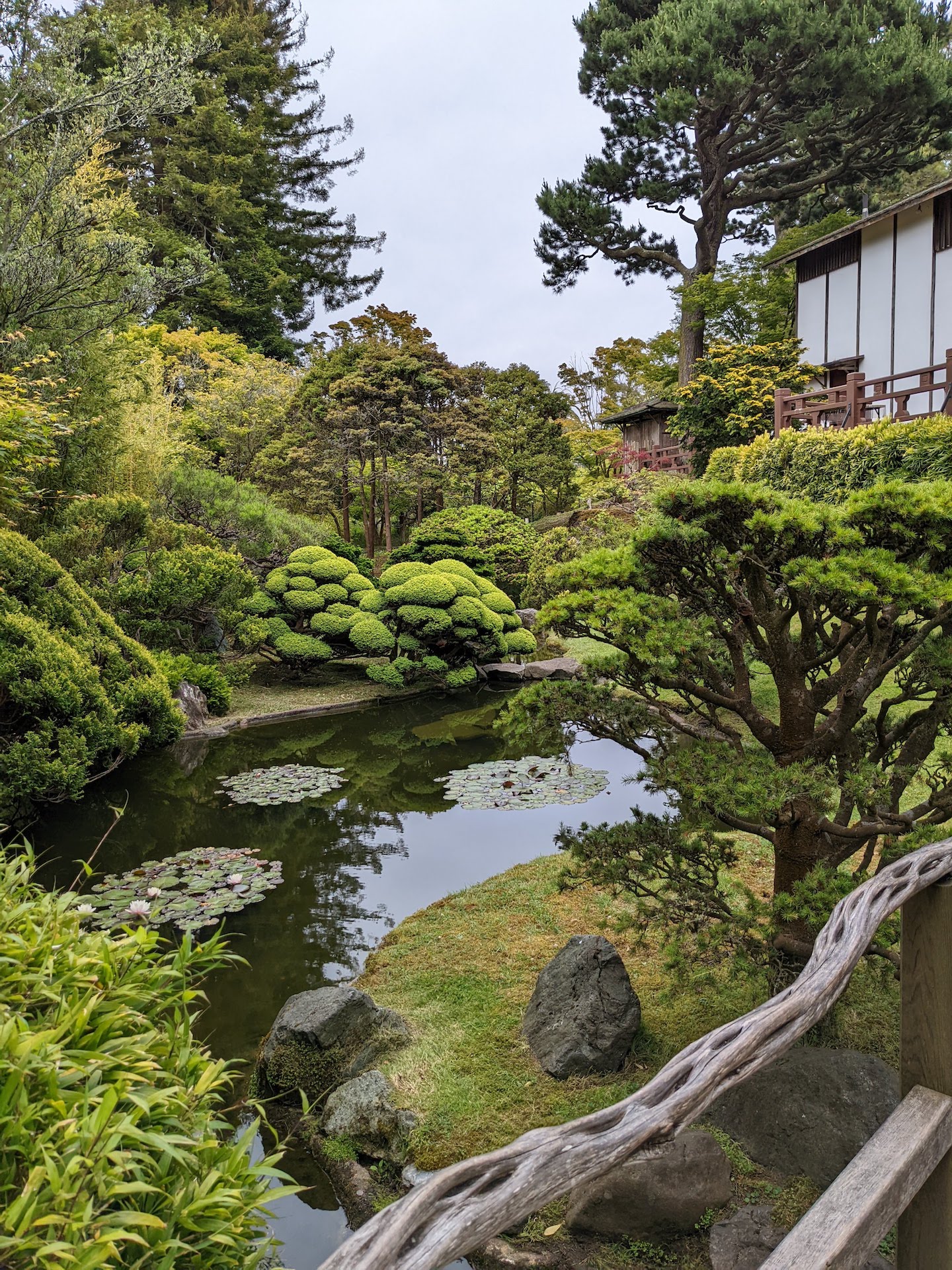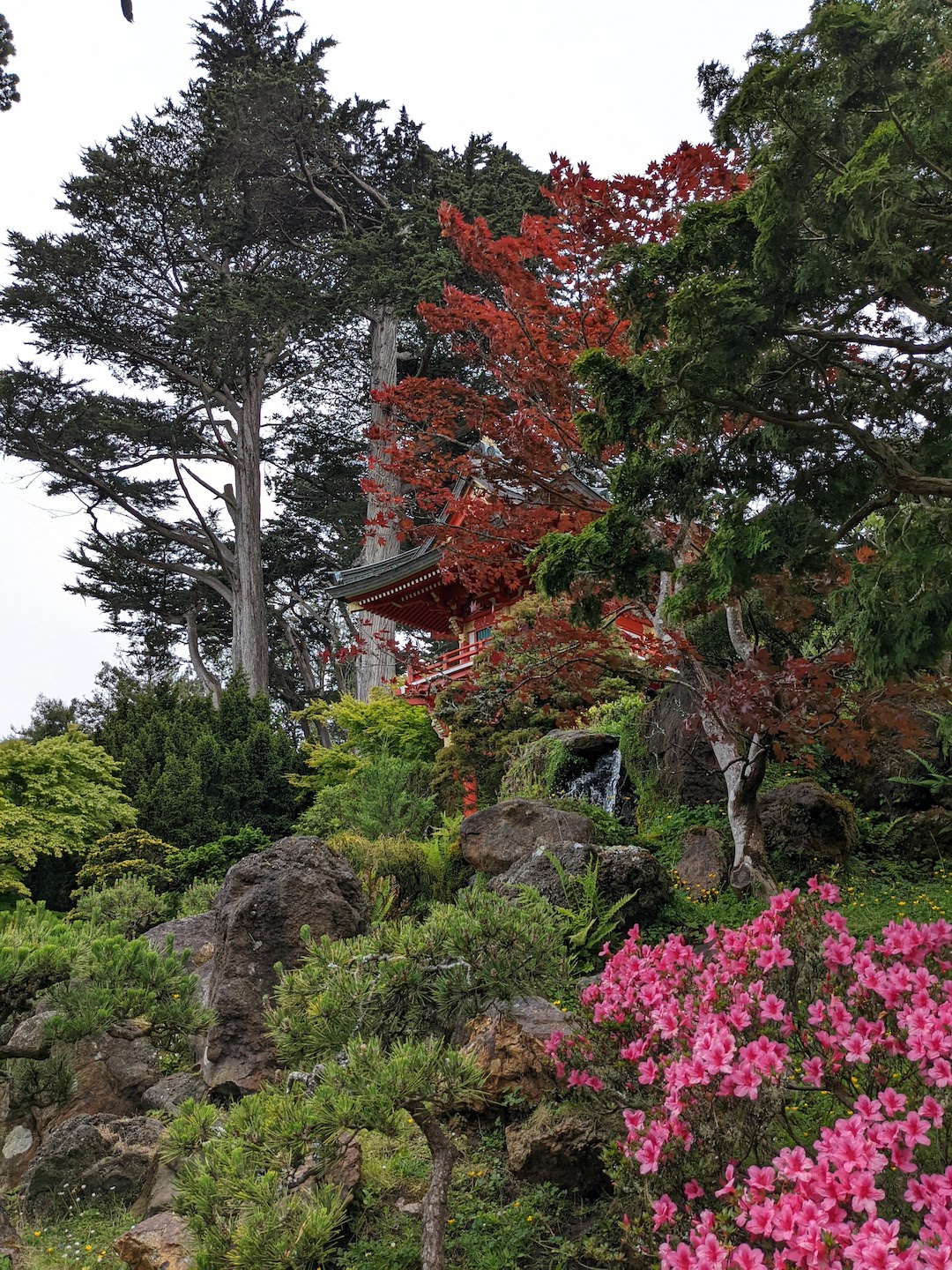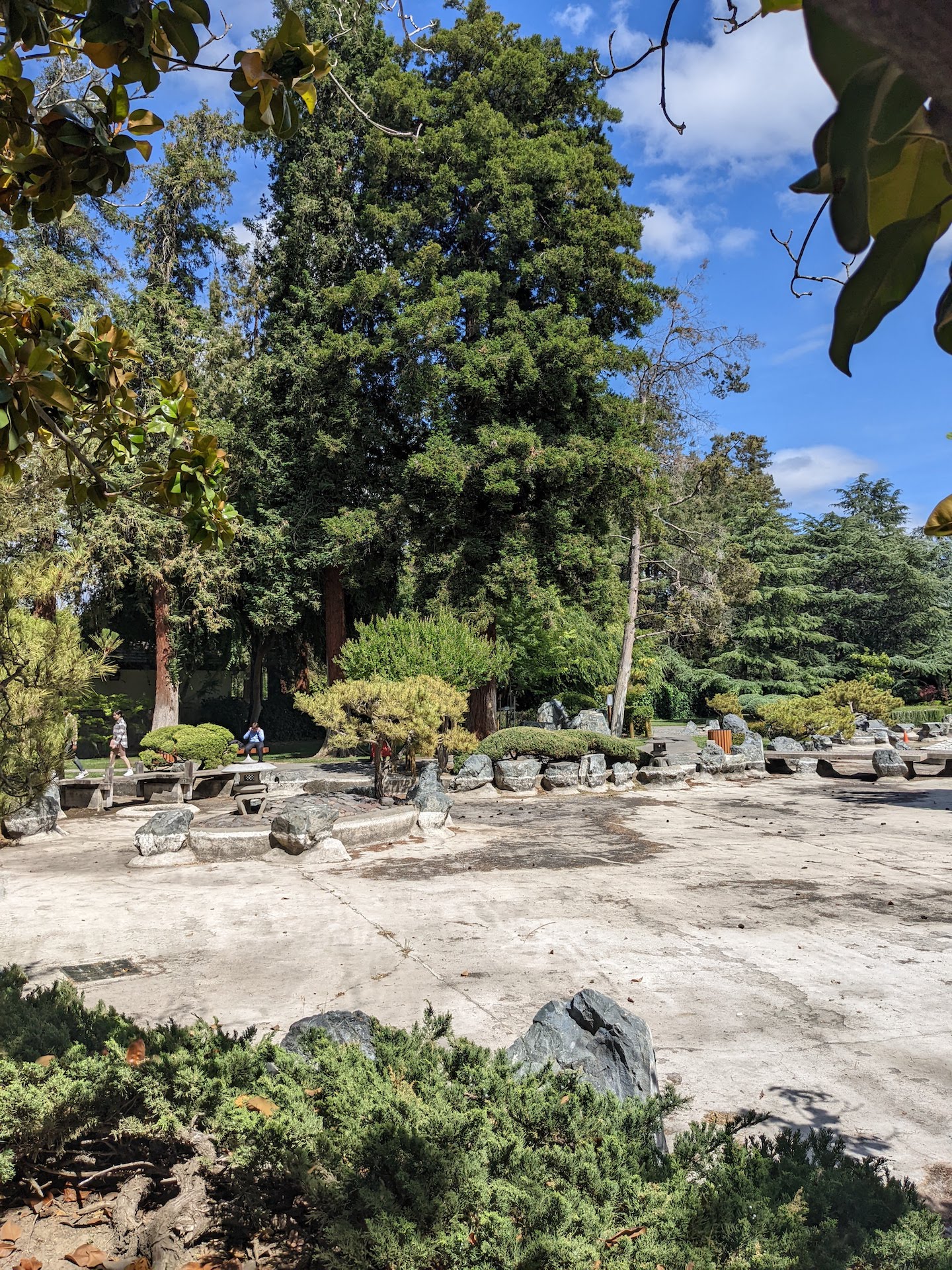Japanese gardens in the US
I am a fan of Japanese gardens, and I wanted to keep track of the ones I had visited, along with notes about what makes each one special or particularly interesting. All the images are my own.
There are many excellent summaries of Japanese gardens, including their history, design elements, and principle differences from Western gardens. I defer to this literature for that broad background, and strongly recommend the books of Marc Peter Keane for the new reader.
I am indebted to the authors of the wikipedia list of Japanese gardens in the United States, but I differ somewhat in the categorization of the gardens here. At the risk of appearing peevish, I distinguish between Japanese gardens proper and gardens with Japanese elements. I do not mean to denigrate the latter category, but I do want to emphasize that Japanese gardens have a fundamentally different aesthetic than Western gardens, and adding some Japanese elements to a fundamentally Western garden plan does not produce a “Japanese” garden. I hope this distinction is instructive to those who want to visit and learn about Japanese gardens, rather than denigrating to those who build and maintain gardens.
Japanese gardens
See first an up-to-date summary map showing where I’ve visited and how I’m tiering gardens.
You can also see a list compiled by the Japanese Garden Journal.
California, San Francisco, Japanese Tea Garden
This one is excellent. Include notes from wiki and the book I got.


Florida, Delray Beach, Morikami
This one is great. Notes from wiki. Note the history about the pineapple plantation.
Massachusetts, Boston, Museum of Fine Arts, Tenshin-En
Probably easy to find some notes. Do I have any pictures?
Massachusetts, Chappaquiddick, Mytoi
Note the history about hurricanes and reconstruction.
Texas, Fredericksburg, National Museum of the Pacific War
Note the reconstruction of Nimitz’s study.
Virginia, Richmond, Maymont
Was this one designed by a Japanese gardener? Impressive if not.
Gardens with Japanese elements
California, San Jose, Japanese Friendship Garden
Dry water feature.

Maryland, Wheaton, Brookside Garden
Try to remember what I can from that sign, about the guy who liked the idea of Japanese gardens and pulled in some random elements.
